

A classic sight in gardens, Cornus alba is a shrub that both easy to grow, and strikingly ornamental.
Key Cornus alba facts :
Botanical name – Cornus alba
Common name – white dogwood
Synonyms – Swida alba, Cornus tatarica
Family – Cornaceae
Type – Shrub
Height – 8 feet (2.50 m)
Exposure – full sun to part sun
Soil – any type
Hardiness – very hardy (5°F/-15 °C)
Growth – fast
Foliage – deciduous
Flowering : spring
White dogwood is a fast-growing shrub. Several things make it a remarkable choice for the garden:
These features make Cornus alba a precious ally when landscaping a garden, since it single-handedly answers many ornamental challenges.
From the more famous white dogwood varieties, let’s mention:
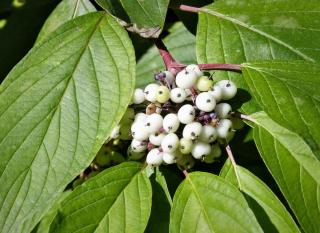 ‘Aurea’ and its foliage that’s sun-yellow in spring before slowly shifting to green;
‘Aurea’ and its foliage that’s sun-yellow in spring before slowly shifting to green;Take note that Cornus alba is a toxic plant, its fruits may cause stomach pain if eaten. Leaves themselves are also irritants for some people.
Cornus alba can be planted both in fall and in spring. Not the picky type, it will grow satisfactorily in any type of soil, as long as it drains well.
Though all varieties cope fine with part sun, those that feature ornamental foliage will shine more in full sun.
The planting doesn’t require anything specific in terms of preparation, just:
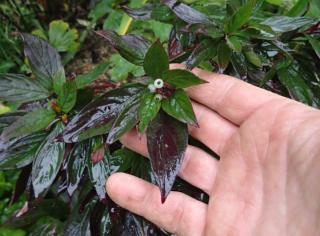 Dig a planting trench about 8 to 12 inches wide and deep (20 to 30 cm).
Dig a planting trench about 8 to 12 inches wide and deep (20 to 30 cm).Note that the tight bearing of Cornus alba and the fact that it is very resistant to hard pruning make it very suitable for growing in pots. In this case, just settle it in a container that’s large enough with holes at the bottom for excess water to drain out of. Also, before positioning your sapling, spread a drainage layer at the bottom of the pot, without impeding flow of water through the holes. You can use clay pebbles, gravel, broken pot shards, etc. What matter is that water can’t linger in the pot.
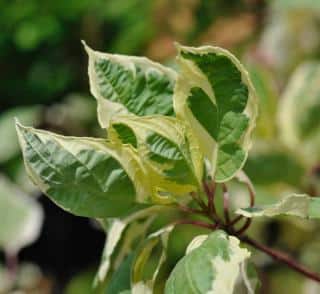 Watering
WateringNot a time-consuming plant, white dogwood won’t need much care.
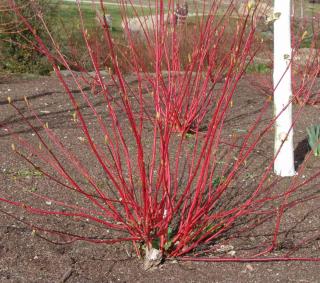 Pruning/Trimming
Pruning/TrimmingAs for pruning your Cornus alba, it tolerates pruning perfectly.
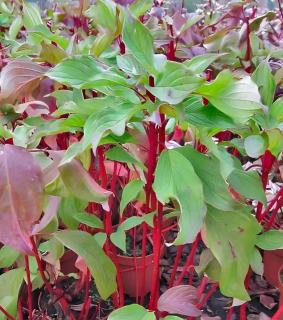
Know that it’s also possible to succeed with other techniques like cuttings and layering.
Though pests don’t seem attracted to white dogwood, it might be infected by dogwood anthracnosis (Discula destructiva), a disease caused by a fungus. Symptoms first appear on leaves: brownish-rust-like spots that evolve into necrotic tissue. If left unchecked, these spots migrate to appear on new growth and on stems.
The solution is to remove and burn any sick portion, and even the whole plant if it’s completely overrun.
Versatile Cornus alba fits right in for nearly every form of landscaping:
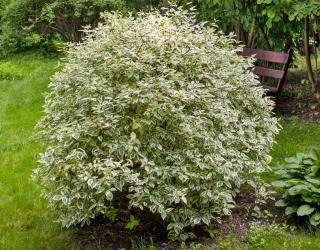 Standalone, in the middle of a garden or in a flowerbed; best select a variety that has special foliage or winter bark.
Standalone, in the middle of a garden or in a flowerbed; best select a variety that has special foliage or winter bark.